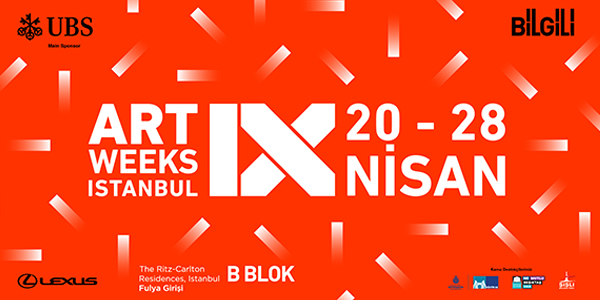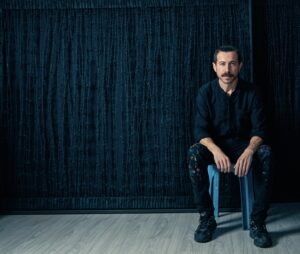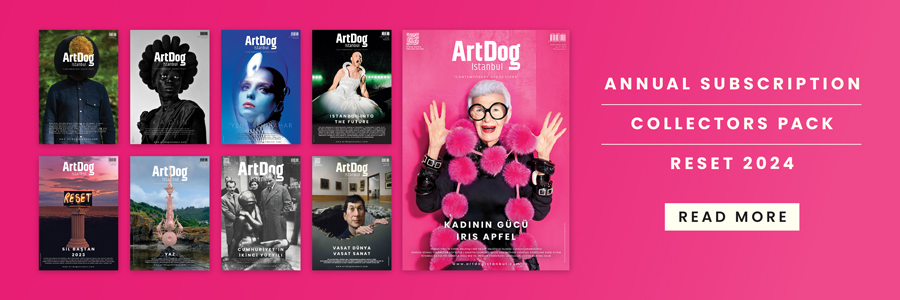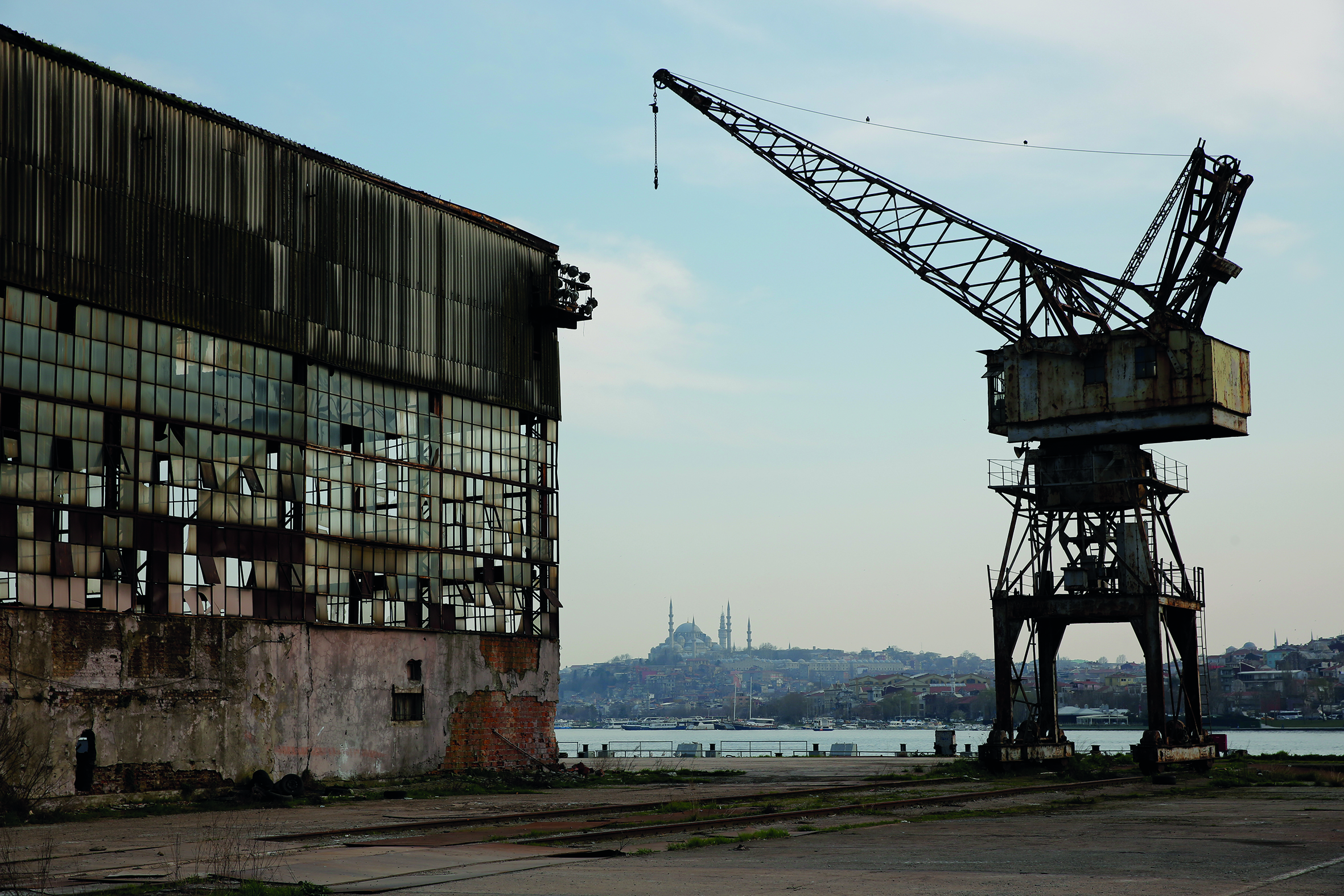-
The world of art and culture has been interrupted for a long time due to the pandemic. How do you think the current period affect our cultural lives?
Undoubtedly, as in all domains, the world of culture and arts was caught unprepared for the pandemic period. We see that leading art institutions and museums have made significant investments in digital technologies and virtual environments since the 2010s, in order to communicate and share their art. Despite all this, the unexpected situation in which we have found ourselves has been a very important experience. We’ve had to see and understand how institutions will communicate during the periods when their doors are inevitably closed, what they will offer to their visitors, and how they will create new dialogues with artists. The process is still ongoing. These topics need to be considered in detail. It is useful to think of it this way: great institutions will be able to manage the process internally in a healthy way. Maybe they will be able to resist with their own strength and means. But I believe that the pandemic will have a lasting effect, especially on independent art organizations and artists.
I think it will influence the social and economic circumstances of the artists, but I do not agree that this effect will change the ontological structure of the art itself, in a short time. On the other hand, I think different ideas are being raised regarding the sharing, communication, visibility and experience of art in a space.
-
How do you think the virtual museum culture will proceed? This was an existing effort in various museums around the world, but it developed further during the pandemic period. What kind of effects will there be on museum culture, and the response to this process? How did Istanbul Modern go through such a period when cultural life was stagnant?
Museums, which were closed off and on again throughout the world due to the pandemic, started to continue their activities in a different format with the advantages of digital options. From now on, museums, cultural and artistic institutions will be places where real and virtual work comes together, offering program content for online media even if their physical spaces are open.
I can say that Istanbul Modern has adapted quickly to this new era. We have showcased our collection digitally since the mid-2010s, and we have transferred our exhibitions onto a virtual tour. This has been an effort that prepared us for a dialogue about how to transcend the borders of art as much as possible. During the period when the museums were closed, we were quick to share existing content on all digital platforms and Istanbul Modern accounts.
“I believe that the pandemic will have a lasting effect, especially on independent art organizations and artists. I think it will influence the social and economic circumstances of the artists, but I do not agree that this effect will change the ontological structure of the art itself, in a short time.”
In this process, we made the virtual tour of the collection exhibition, titled The Artist in Their Time (Sanatçı ve Zamanı). It was displayed between 2015-2018, and allowed that exhibit to become more visible. We have updated and presented a rich selection of artworks and photographs in our collection to the visitors. We brought together a digital archive of the exhibition Centennial Love (Yüzyıllık Aşk), and the exhibition videos of Guests: Artists and Craftspeople (Misafirler: Sanatçılar ve Zanaatkarlar). We included curator briefings and a documentary on the production process with the audience on our website, as well.
We frequently broadcast special content for art lovers of all ages through our YouTube channel. Our education experts present modern and contemporary artwork in an easy-to-understand waythrough a virtual environment, as well as artistic activities for children to do at home. We make the artwork in our collection accessible for our adult audiences as well.
We asked the artists whose works were featured in our collection to explain how they went through this period. The series that we began with Mehmet Güleryüz continued with Deniz Aktaş, Mehtap Baydu, Taner Ceylan, İrfan Önürmen, Necla Rüzgar, Güneş Terkol and TUNCA. After a comprehensive study, we brought the virtual tour of the Lütfi Özkök: Portraits (Portreler) photography exhibition to the audience. Additionally, the Artists’ Film International (Uluslararası Sanatçı Filmleri) program has opened for online visits for the first time, through our website.
In the days when we were confined within the borders of four walls, we brought together photographers from different generations to discuss the question, “What can we do about photography?” With the invitation of the Istanbul Modern Photography Department and the Advisory Board, we brought together brand-new artworks of 43 artists who participated in the project with our online exhibition Photography in Days of Pandemic (Pandemi Günlerinde Fotoğraf).
“From now on, museums, cultural and artistic institutions will be places where real and virtual work comes together”
Istanbul Modern Cinema arranged a selection of films for the digital environment and shared their recommendations for movies to watch at home. They also prepared a series of interviews titled Rendezvous with Directors (Yönetmenlerle Buluşma. We organized events and activities for children, and relocated the Atölye Modern seminars online. This content is specifically prepared for digital mediums, so it’s a good option for art lovers who cannot visit the museum in Istanbul.
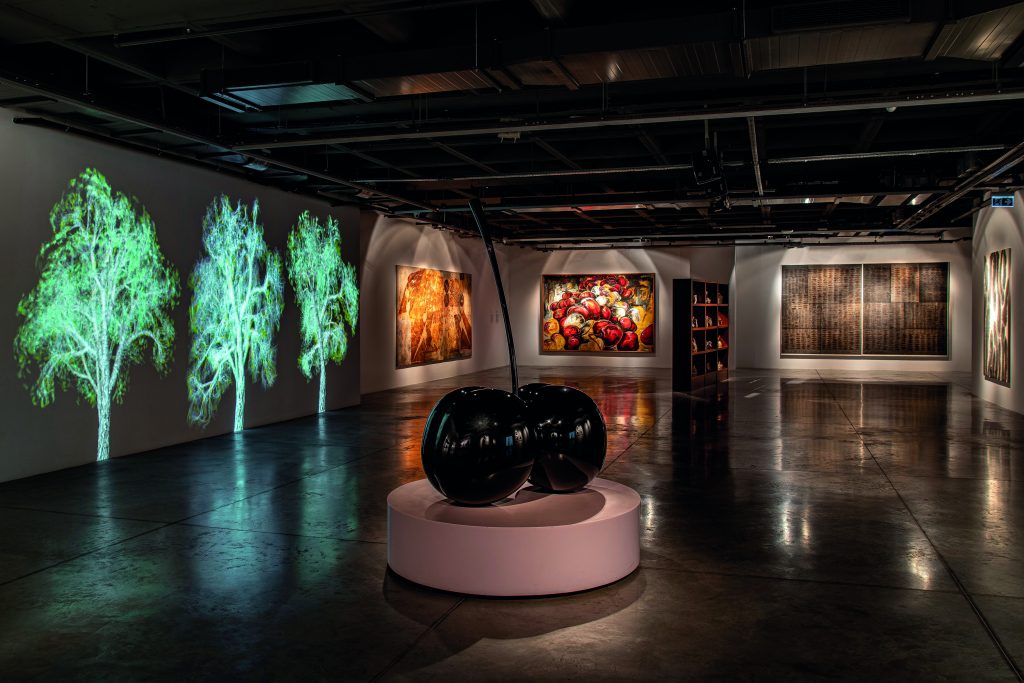
-
How do you think the Galataport Project will contribute to the cultural life of Istanbul?
The area where the entrepot no. 4 exists, which was allocated to Istanbul Modern in 2004, is located within the Galataport area. When this area is completely renovated, we will be moving into a world-class museum building, one that we have long dreamed of. In addition to Istanbul Modern, there is also the Museum of Painting and Sculpture within the borders of the Galataport area. I believe that both institutions will undertake very important responsibilities in terms of their collections and corporate identities.
-
What are the current and upcoming exhibitions?
In addition to the collection being shown at our temporary space in Beyoğlu, we are bringing two new exhibitions to the audience in November. Selma Gürbüz’s artworks are liberated from time and place– rather, they are woven with tales, myths and legends. They will be displayed under the roof of a museum in Turkey for the first time. Selma Gürbüz’s This Place We Call World (Dünya Diye Bir Yer) demonstrates the artist’s 35 years of artistic practice. More than a hundred works produced by Gürbüz are present in the exhibition, including different means of expression such as painting, installation, drawing, video and sculpture. Our photography exhibition, Şakir Eczacıbaşı: Selected Moments (Seçilmiş Anlar), which was opened to audiences at the end of November, features a selection from Şakir Eczacıbaşı. In an exhibition curated by Bülent Erkmen, the artist’s impressionist photographs he when he started his photography career took in the 1960s, are showcased together with his later works. In these, he interpreted the technical possibilities of photography from the 1980s.
In the meantime, we are continuing the museum’s trainings and workshops in an online format only. We are organizing weekend workshops for children and tours that are in parallel with the exhibition on digital platforms. We have also arranged our Atölye Modern seminars online, for adults. It was gratifying to see that the attendance of the seminars includeed people not only from outside Istanbul, but also from abroad.
With the measures we take, we are trying to carry the program of Istanbul Modern Cinema both in the halls and online.
“We are continuing the museum’s trainings and workshops in an online format only. We are organizing weekend workshops for children and tours that are in parallel with the exhibition on digital platforms.”
We are working to generate informative video productions, an effort which accelerated with the pandemic. On our digital platforms, we will continue to bring together information about the works and the artists in the collections with clear visuals, as well as the narration of our museum’s curators and instructors. We are continuing our preparations concerning the transfer to the new building. We are working on both the construction process of the new building and exhibition projects and programs, all at once.
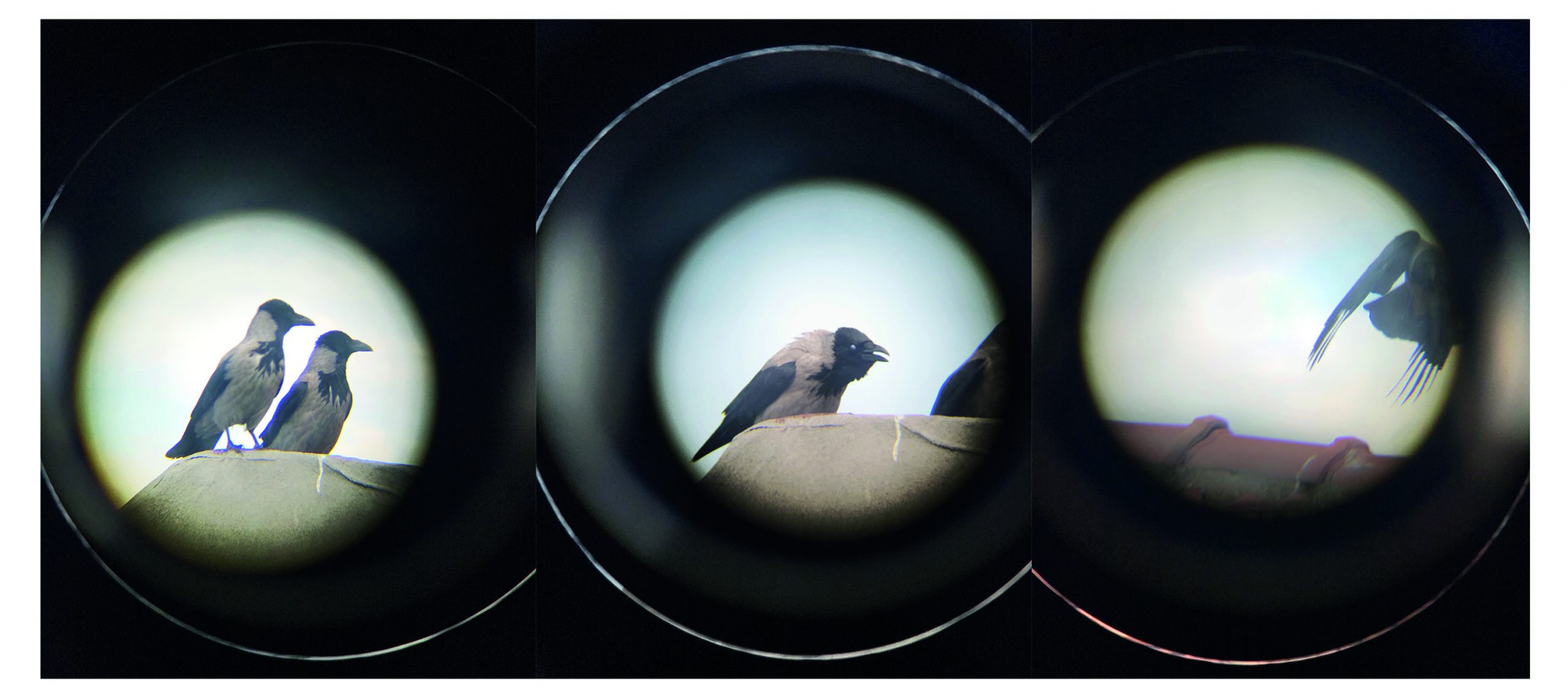
-
What kind of identity will Istanbul Modern establish with its new building; what is the process of this transfer and its alteration? How would you describe Istanbul Modern’s current and future position on the local and international stage?
The preparations for the new museum building that will bear Renzo Piano’s signature are in progress. He is one of the most influential architects, specifically in museum design. We are talking about a visitor-centered project that will meet the highest standards of modern and contemporary museums, so that we lead the way as the first in the city. Let’s not give out more information for now. We are planning to make a project launch in which we will present these details in a short time.
In this transformation process, Istanbul Modern is showing its pioneering identity, which it has maintained since its establishment. On the one hand, we are excited to go through this transition to a temporary space seamlessly, where we can continue operating without any interruptions. On the other, it is thrilling to work with one of the leading architectural offices in the world, and to return to our main location with a brand new building.
The Istanbul Modern Museum by Renzo Piano
A new building will replace the existing one currently located between the old city streets of the Galata quarter and the existing port cruise terminal. The new museum will become an urban focal point between the old town to the west, the Bosphorus to the south, the Tophane Park to the north and the new Galataport waterside development to the east which replaces the old pier activity. The museum project is part of an overall regenerative masterplan of 1.5km along the quay.
“The preparations for the new museum building that will bear Renzo Piano’s signature are in progress. He is one of the most influential architects, specifically in museum design.”
The 15,000 sqm building is not only home to the existing and future art collections of the Istanbul Modern, but it also provides a safe and inviting environment for educational and cultural activities offering multiple gathering occasions to the community and the city. The transparent lobby gives public access to a café, bookshop, library, museum information points, and a dedicated workshop area for the “Discovery Space” project, developed in collaboration with Centre Pompidou in Paris. A glazed fence around the ground floor ensures a secured environment where the public can enjoy an outdoor café and a sculpture garden.









